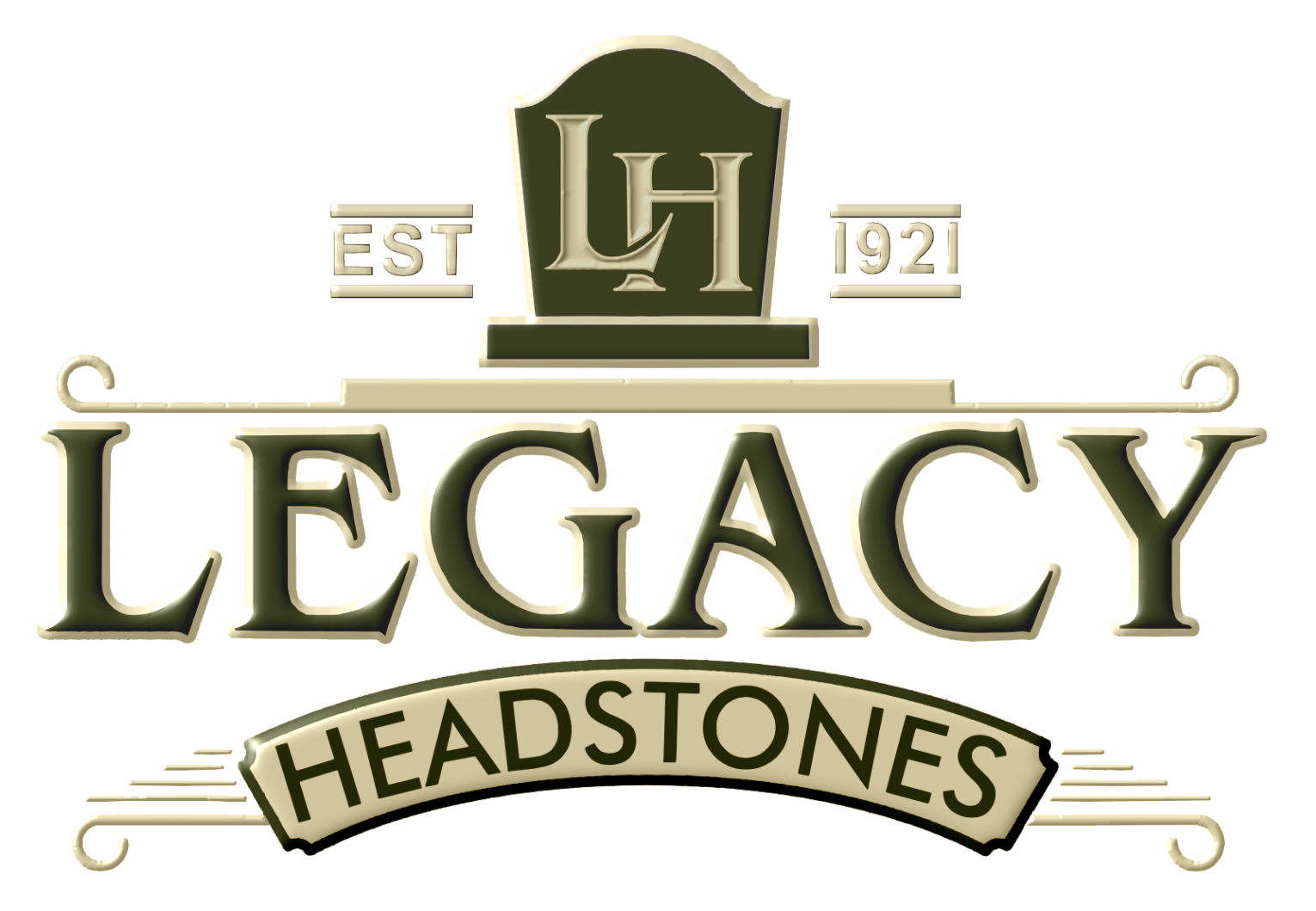Today, many funeral homes offer more than one funeral or memorial service type. You can choose between a traditional funeral that follows common traditions and rituals or a modern funeral or memorial that includes customized ceremonies and services to personalize a unique funeral for the unique loved one who has passed away.
When it comes to funeral planning, it is a complex and emotional task that many find daunting. Should they choose traditional or modern? What options are there between modern and traditional?
Today, we hope to compare traditional vs. modern funerals to help answer these questions.
Traditional Funerals
Within North America and in most cultural groups and regions around the globe, funeral rites can be broken down into three general parts—the visitation, funeral, and burial service.
Visitation
In the visitation, also called a viewing or a wake, the embalmed body of the deceased person is typically arranged within their coffin and on display. A viewing may take place one or two evenings before the funeral.
During visitation, it is frequent for attendees to sign a book kept by the deceased's family to record who attended, and the family can choose whether or not to display photographs taken of the dead during their life, prized possessions, or any other items that represented their hobbies or accomplishments.
The viewing is either an open casket, where the embalmed body is visible, or a closed casket, where the coffin remains shut. During an open casket, depending on religion, a rosary or objects may be placed within the casket.
Traditional Funeral
Friends and family of the deceased or bereaved family often send flowers for the viewing and funeral, typically occurring within the funeral home itself.
Jewish funerals are held soon after death, and the body is never viewed. Jewish law forbids the embalming of a body, and traditionally, flowers are not sent to a bereaved Jewish family as it is a reminder of the life that is now lost.
The memorial service, often known as a funeral, is overseen by clergy of the deceased or bereaved family's church or religion and can be held at a funeral home or a church. Funeral services can often include prayers, readings from religious texts, hymns, and words of comfort by the clergy. Friends and relatives are frequently asked to give a eulogy to detail happy memories, accomplishments, and other aspects of the deceased life.
Traditional Burial Service
Traditional burial services are held beside the grave, tomb, mausoleum, or crematorium. Sometimes, burial services are held directly after the funeral and the following funeral procession to the gravesite; other times, the burial service takes place a day or two after.
Modern and Non-Traditional Funerals
Jazz Funeral
A unique funeral tradition in the United States occurs in New Orleans, Louisiana. Arising from African spiritual practices, French martial musical traditions, and uniquely African-American cultural influences comes The Jazz Funeral.
Typically, Jazz Funerals begin with a march by the family, friends, and a jazz band from the home, funeral home, or church to the cemetery. Throughout the march, the band will play solemn dirges, and once the final ceremony is finished, the march will proceed from the graveyard to a gathering place where the band plays loud, upbeat, raucous music and dancing.
Green Funeral
Those whose concern and passion revolved around our effects on the environment may wish to have a Green funeral. The specifics of a green burial vary, but they typically require fewer resources to care for the body and skip several of the traditional steps. The services provided are usually paired down and provide eco-friendly options. Some options include forgoing embalming, skipping the use of concrete vaults, rethinking the materials coffins and burial containers are made of, and maintaining and protecting our natural habitat.
There are, for example, mushroom burials, aqua cremation, living urns, and the Neptune Memorial Reef as green funeral options available today.
Virtual and Live Streamed Funerals
While the funeral service may be traditional, the option for friends and family members to be part of a funeral when they are hundreds or thousands of miles away through virtual and live-streamed funerals adds a modern aspect.
At Home Funerals
Hosting a funeral and service at home, is another modern trend slowly taking hold. These services cut costs, allow families to have a more personal experience, and touch on the burial services. Services exist to help families hold at-home funerals, often listed as Death midwives, Death Doulas, or End-of-life doulas.
Living Funerals
Many of us have probably heard that "funerals are for the living." A living funeral is a gathering where the person facing a terminal diagnosis or their family hosts a gathering for their ill loved ones before they die. Living funerals tend to be celebratory, including some elements of a funeral service, but often are catered with food, drink, and friends and family sharing their favorite stories or memories with the honoree before they pass.
When choosing which one is right for your loved one, it helps if they leave specific instructions as to which type of funeral they prefer, but if there are no instructions, then it's up to you. Choose the kind of funeral that feels appropriate to you and your loved one, including rituals or themes that hold the most significance.

